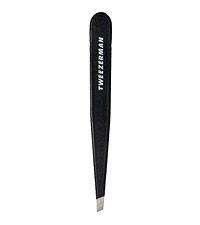 |
Tweezerman Slant Tweezer
Photo: David Cook |
11 Awards
One never knows when inspiration will strike, as Tweezerman
founder Dal LaMagna will attest: "The idea for my first product, the
Splinter Remover, came to me after an amorous adventure sunbathing on a
roof deck in 1979," he says. As his girlfriend pried 32 slivers of wood
from his backside with a pair of dull tweezers,
he wished for a more precise instrument. Sometime later, while working
at an electronics company, he spotted the tool that could've saved his
butt: needlepoint tweezers used by assembly-line workers to pick up the
tiniest components. LaMagna ordered 30 and began selling them to
lumberyards and hardware stores. When a manicurist friend asked him for a
similar, but safer, model that she could sell in her salon as a
precision brow tweezer, LaMagna found a pair used by diamond handlers in
the jewelry business.
"I actually didn't invent the first two products," he says. "I
operated like a gypsy, taking things from one trade and introducing them
to another." He packaged the tweezer in a clear plastic tube and
slapped his name on it. (A salon worker started calling him "the tweezer
man," and he immediately adopted the moniker.) Over the next year, he
modified the design of the diamond tweezer to make it just as exacting,
but not too sharp. In 1981, La Pluck—now known as the Slant—was born.
"Its superthin tips can reach right into the skin and remove whole
hairs," says Sania Vucetaj of Sania's Brow Bar in New York City. "Other
tweezers with thicker edges break more hairs than they pull out."
Splinters, too, we're guessing.
|
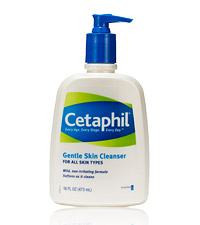 |
Cetaphil Gentle Skin Cleanser
Photo: David Cook |
10 Awards
Like the scads of dermatologists who recommend it, Cetaphil abides by the spirit of the Hippocratic Oath: First, do no harm. "This is one cleanser that
virtually everyone—even those with sensitive skin, rosacea, acne, and
eczema—can use without worry of irritation," says David Bank, assistant
clinical professor of dermatology at Columbia-Presbyterian Hospital in
New York City. A San Antonio–based pharmacist named Louis W. Schleuse
first mixed up the soap-
and fragrance-free formula in 1947. Initially, it was sold only by
select pharmacists, but by the '60s, Cetaphil had won a healthy fan base
of dermatologists and pediatricians—and their problem-skin patients.
Demand grew, and supply followed: By 1980, every major drugstore in
America stocked the cleanser. With only eight ingredients, "it takes a
less-is-more approach," says Wilson. "Most importantly, it contains
fatty alcohols, which coat the skin to prevent the detergents from
drying it out." Just what the doctor ordered.
|
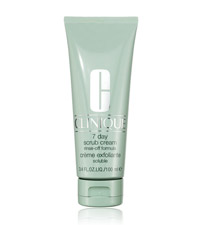 |
Clinique 7 Day Scrub Cream Rinse-off Formula
Photo: David Cook |
9 Awards
Powerful without being punishing, this fragrance-free facial scrub has
won a Readers' Choice Award every year since 2004. Much of the credit
goes to the polyethylene buffing beads that distinguished it when it
came out in 1996. "At the time, most other scrubs were still using
things like ground apricot kernels to polish the skin," says Hammer.
Unlike those coarse materials, polyethylene beads smooth without
scratching or inciting redness. Plus, "the scrub's creamy base makes it
especially good for the winter months, when skin tends to be drier and
more sensitive," says dermatologist Ranella Hirsch.
|
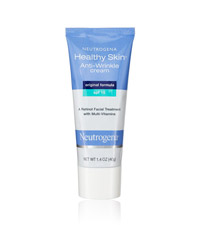 |
Neutrogena Healthy Skin Anti-Wrinkle Cream SPF 15
Photo: David Cook |
9 Awards
Neutrogena
changed the face of beauty—and faces of women—in 1991 by discovering a
way to stabilize retinol, a pure form of vitamin A known as much for its
volatility as its line-smoothing prowess. "They combined the molecule
with UV filters and several antioxidants to protect it from sunlight and
air, and to keep it active," says Hammer. Without such defenses,
retinol will quickly degrade. Other cosmetic companies were also
producing over-the-counter vitamin-A creams at the time—some even years
before Neutrogena—but most relied on less effective forms of the
ingredient because they didn't break down as quickly. Neutrogena packed
its retinol and stabilizing agents into a hydrating base and introduced
it as Healthy Skin in 1997. Clinical studies showed the formula was
capable of visibly improving sun damage, skin clarity, and pore size
after just one week. "And over time, retinol can decrease fine lines and
wrinkles, even out skin tone, fight acne, and increase collagen
production," says Jeannette Graf, assistant clinical professor of
dermatology at Mount Sinai Medical Center in New York City.
|
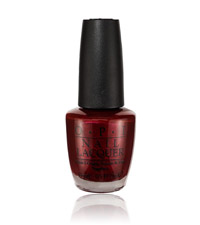 |
OPI Nail Laquer I’m Not Really a Waitress
Photo: David Cook |
9 Awards
In 1999, OPI cofounder Suzi Weiss-Fischmann set out to create a red polish
that every woman could wear, and with I'm Not Really a Waitress, she
nailed it. "It was one of the first reds with shimmer, which made it
modern and glamorous," says manicurist Sheril Bailey. The reflective
mica particles served a bigger purpose as well, softening the
ruby-slipper shade so it didn't contrast too starkly with skin. "The
shimmer catches the light and makes the color forgiving, helping it look
genius on everyone," Bailey says. The polish's name, of course, was
catchy, too. Says Weiss-Fischmann, "It was part of our Hollywood
collection, and in Hollywood, almost every server will tell you, 'Oh,
I'm not really a waitress—I'm an actress/singer/model.'" Fans have
racked up quite a tab with this particular Waitress, buying more than 7
million bottles in the last 12 years.
|
|

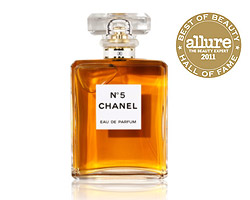
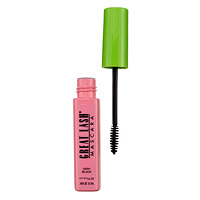
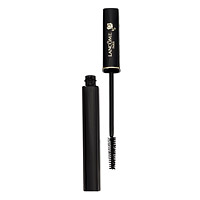
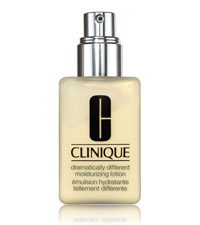
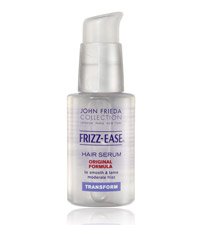





No comments:
Post a Comment